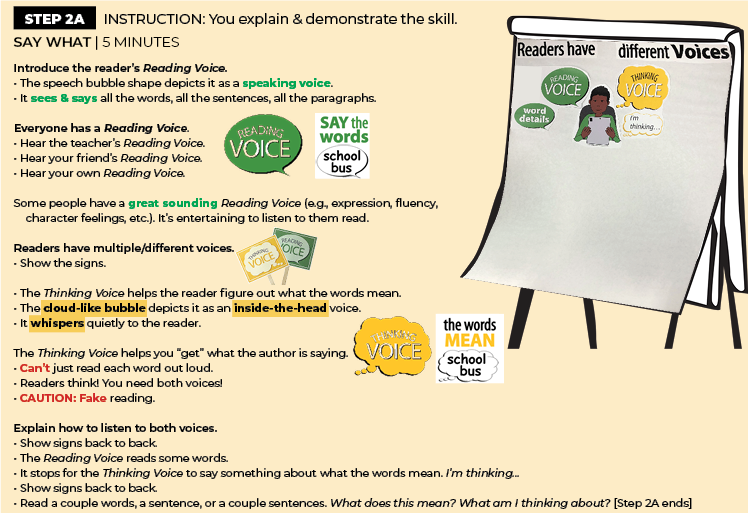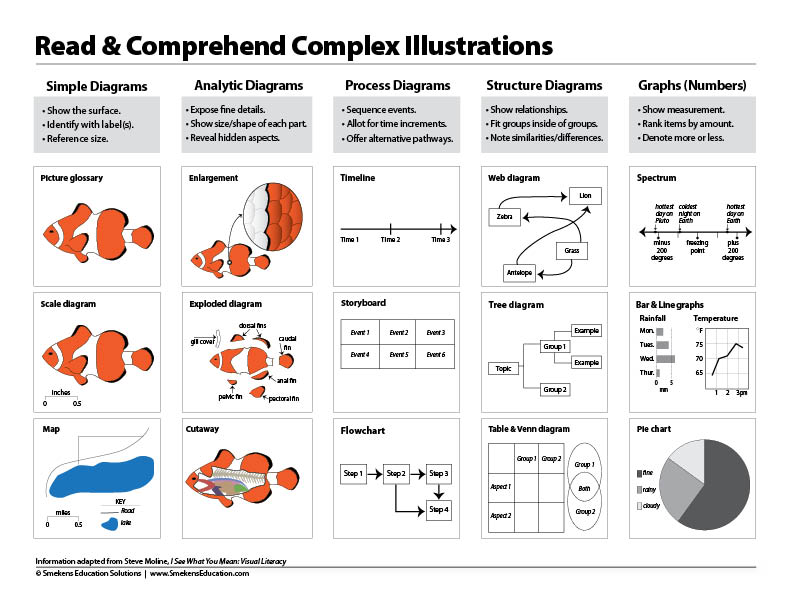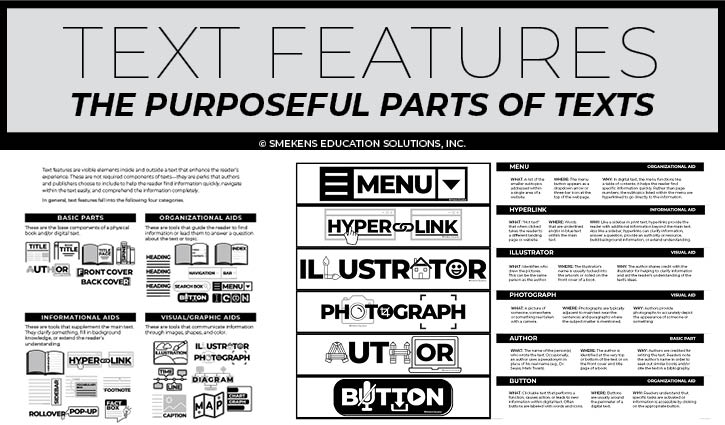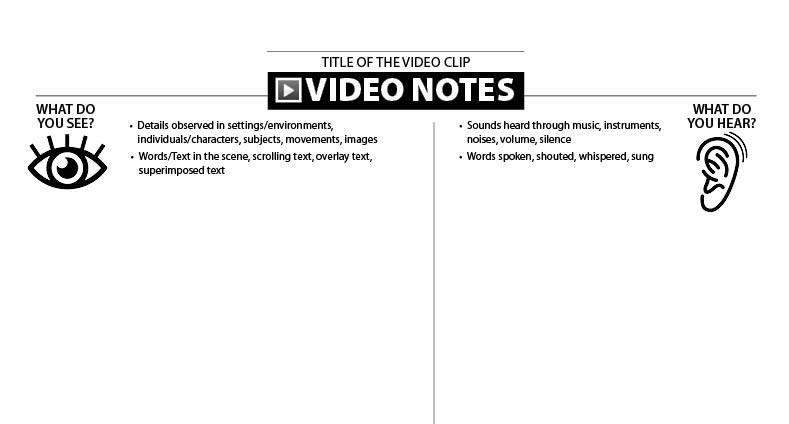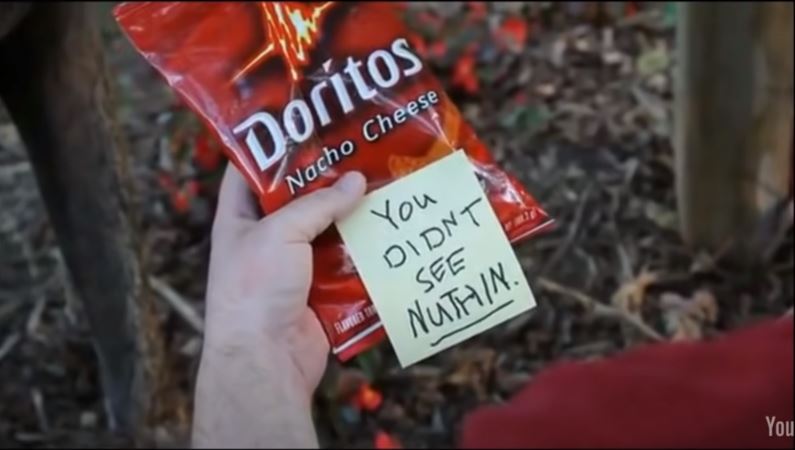Readers apply
READER VOICES
Week 1
Introduce Reading Voice & Thinking Voice.
Grades K-1
Mini-Lesson Resources
Grades 2-3
Mini-Lesson Resources
Grades 4-6
Mini-Lesson Resources
Grades 7-12
Mini-Lesson Resources

Texts suggested by teachers | Grades K-2 | Grades 3-5 | Grades 6-12
Build stamina during You-do tasks.
After each mini-lesson this first week, engage in a little You-do experience where readers use their Thinking Voices and then stop and share their thinking with a peer.
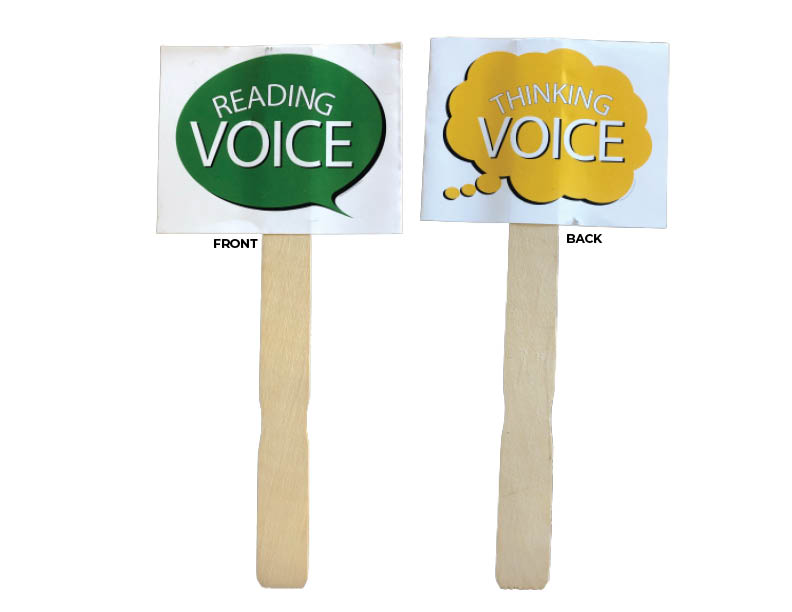
Provide students mini-signs
Color | Black & White | Spanish
Apply reader voices to nonfiction texts.
Grades K-1
Mini-Lesson Resources
Grades 2-3
Mini-Lesson Resources
Read all text types.
Read visual texts.
Define what counts as evidence within visual texts.
Analyze photos, illustrations, and political cartoons for people/subjects, actions/activites, and setting/objects.
Within infographics, note the main idea/subject, data, source, text/words, visuals, and organization of the information.
Within video clips/movie excerpts, use the 2-column T-Chart to note the audio and visual details.
Read digital texts.
Relate a reader’s actions in print text to the moves in digital texts.
Read video texts.
Set the viewing purpose for each “read” of a video.


